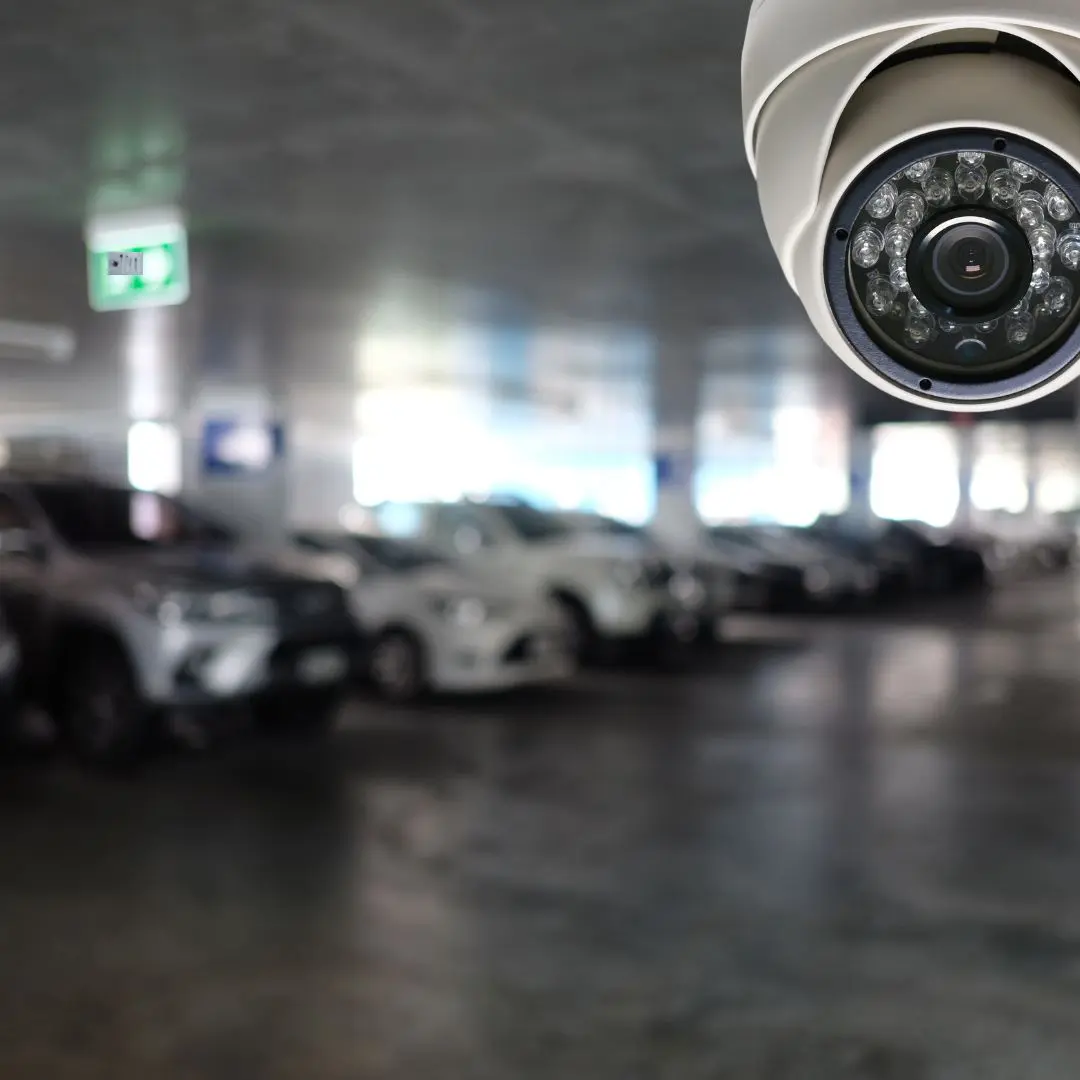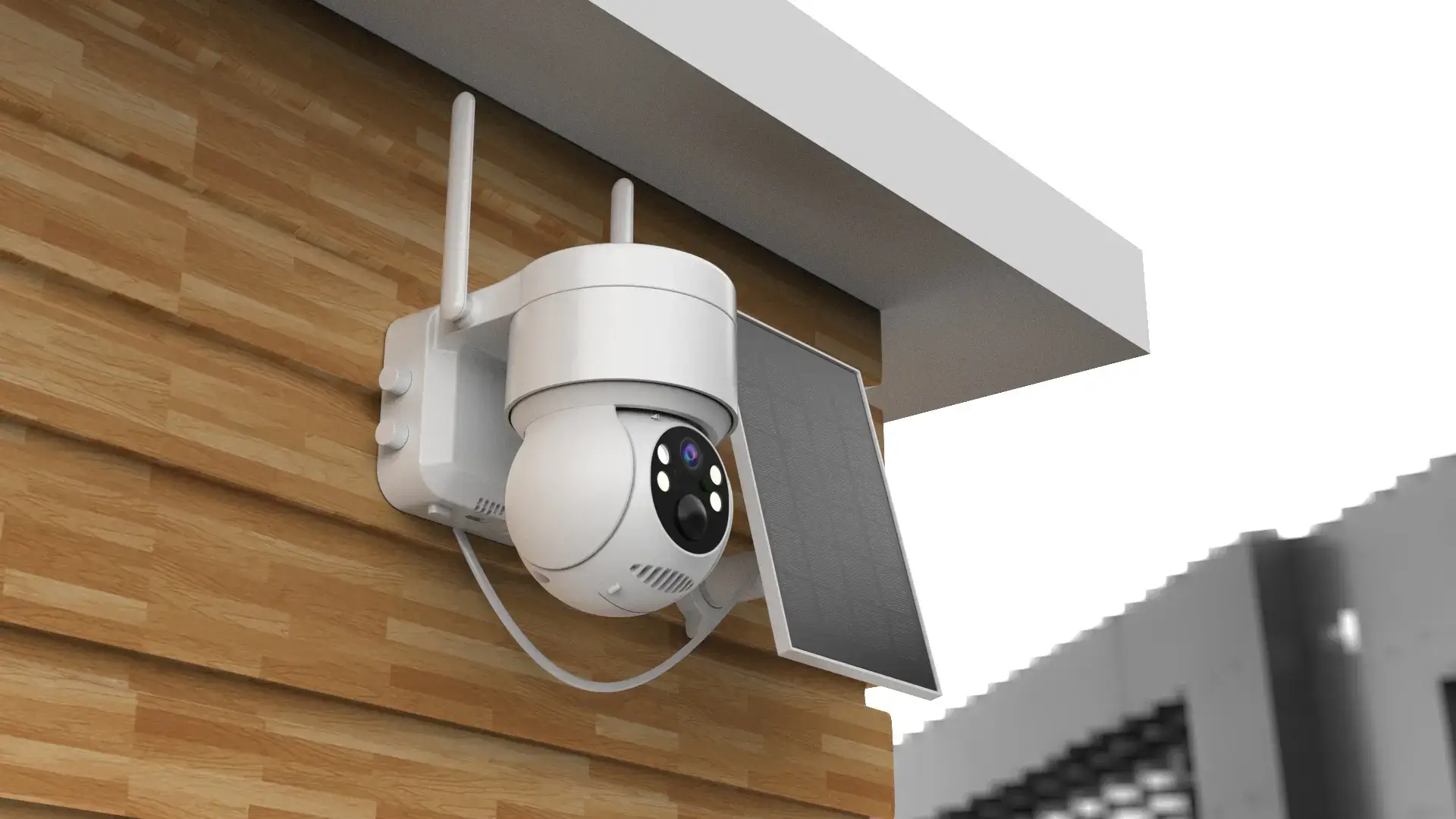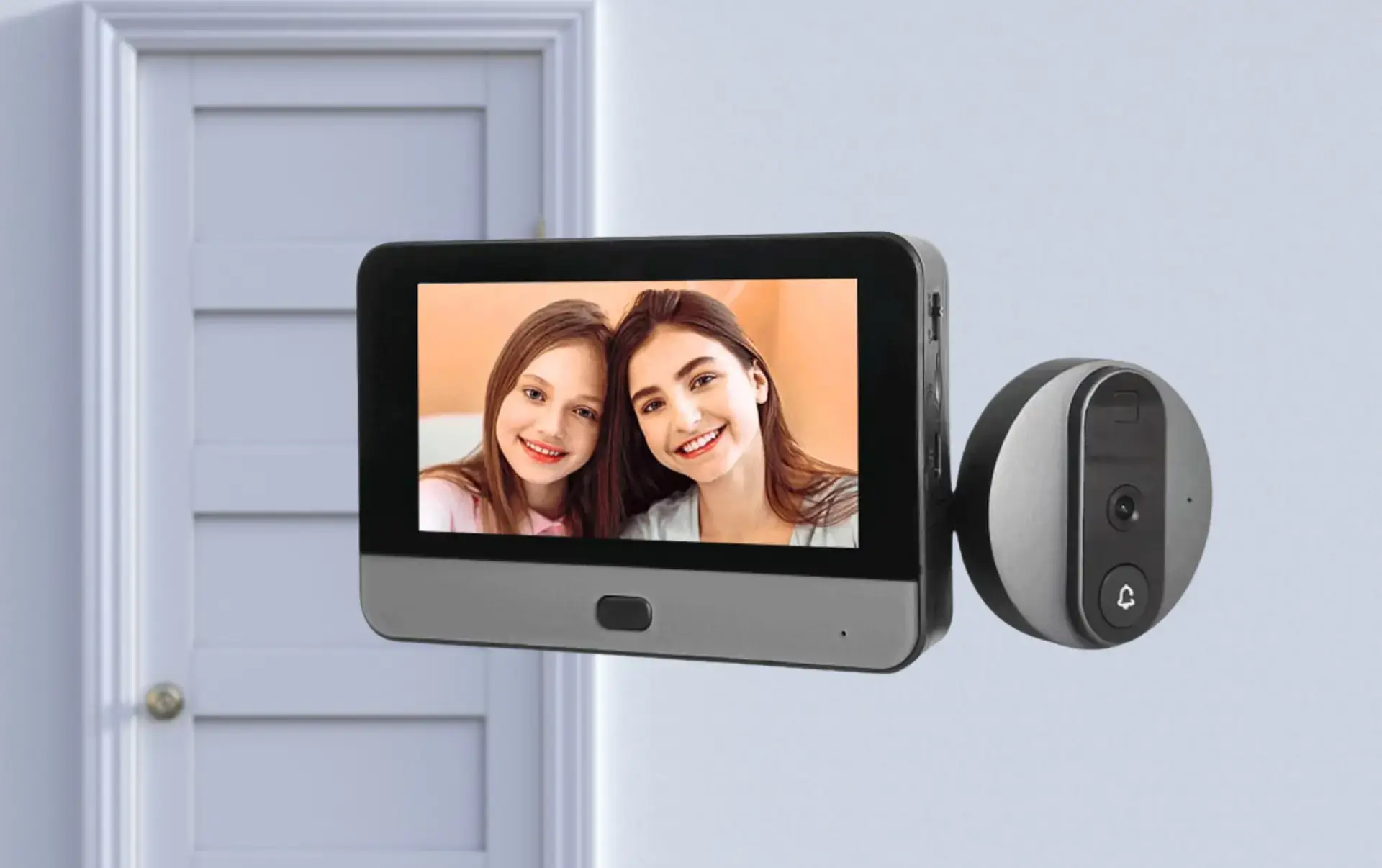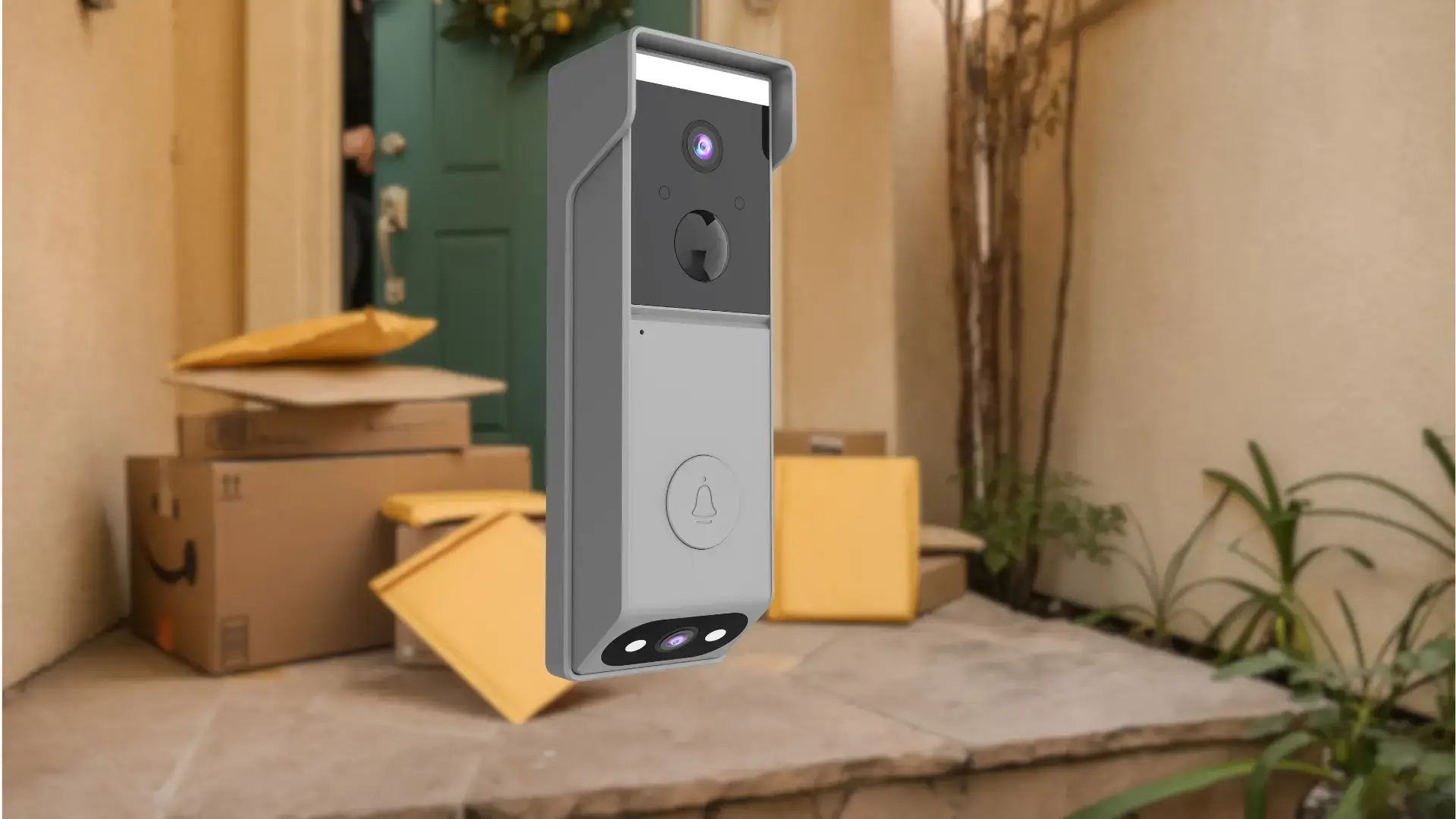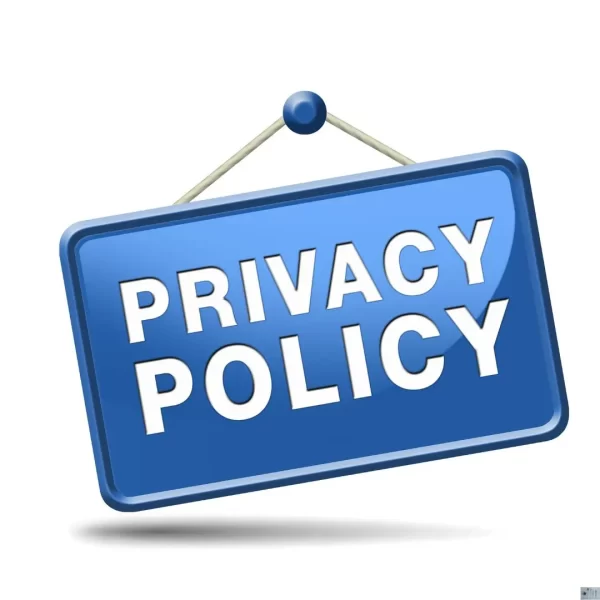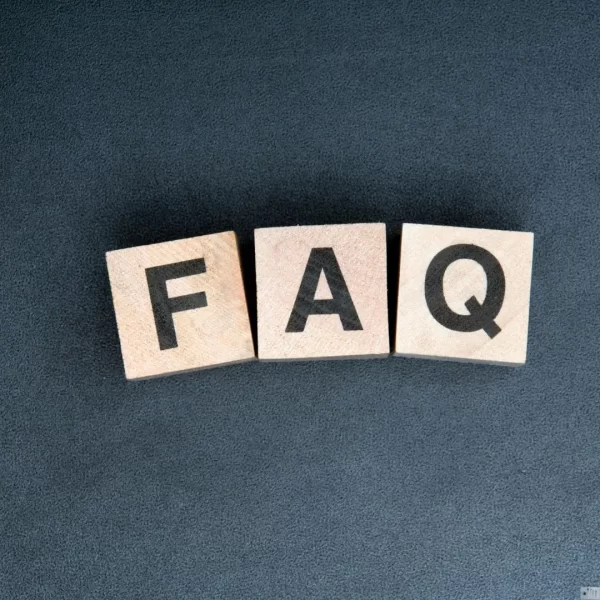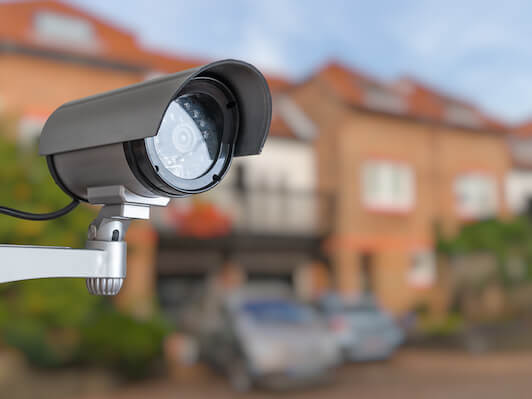The Evolution of Surveillance Cameras and the Importance of Choosing the Right Supplier
Security is one of the most crucial aspects of daily life, whether to protect your home, business, or even public spaces. With rapid technological advancements, surveillance systems have undergone significant evolution, offering more sophisticated and efficient monitoring solutions. Among the most widely used technologies, both indoor and outdoor surveillance cameras stand out as essential tools to safeguard against theft, break-ins, and other incidents.
The Evolution of Surveillance Cameras
In the past, security cameras were simple devices with limited image quality and primarily functioned by recording video on analog tapes. With the advancement of digital technology, the surveillance camera market has evolved drastically. Today, we find high-definition (HD) cameras, cameras with night vision capabilities, motion sensors, and even internet-connected cameras, allowing owners to monitor their premises from anywhere at any time through smartphones or computers.
Surveillance cameras can be broadly categorized into two types: indoor and outdoor cameras. Each type is designed to meet specific security needs for different environments.
Indoor Surveillance Cameras
Indoor cameras are designed to monitor enclosed spaces such as homes, offices, stores, or restricted areas within commercial establishments. They are ideal for observing activities within a location and ensuring that nothing suspicious occurs in private areas.
These cameras are often smaller and more discreet, allowing for installation with minimal interference with the environment’s design. Additionally, they may include features like motion detection, continuous or scheduled recording, and even integration with alarm systems. The primary goal of indoor cameras is to ensure that any inappropriate behavior or intrusion is detected and recorded.
Outdoor Surveillance Cameras
Outdoor cameras, on the other hand, are designed to withstand harsh weather conditions and monitor the external areas of a property, such as entrances, garages, gardens, or courtyards. They are essential for protection against theft or break-ins, as they allow owners to monitor the exterior of their home or business.
These cameras are typically more robust, with features such as water resistance, wind resistance, and temperature tolerance. Moreover, many outdoor cameras also feature night vision and the ability to capture high-definition images even in low-light conditions. Outdoor cameras provide an additional layer of security, as break-ins often start with an attempted burglary in the external areas.
The Impact of Technology on Surveillance Cameras
Technology has played a fundamental role in improving surveillance cameras. Some of the most significant innovations include:
Night Vision: The ability to capture clear and sharp images even in low-light environments has been one of the most important advancements for modern surveillance cameras.
IP Cameras: IP network cameras can be connected to the internet, allowing owners to access live footage from anywhere in the world, using mobile devices or computers.
Motion Detection and Alarms: Many modern surveillance systems now include motion sensors that automatically activate video recording or alert the owner when something suspicious is detected.
Integration with Other Security Systems: Cameras can be integrated with other security systems, such as alarms, automatic lights, and access controls, creating a more comprehensive and effective security system.
Choosing the Ideal Surveillance Camera Supplier
When choosing a surveillance camera supplier, it’s essential to consider several factors. The quality of service and products can vary significantly among suppliers, so it’s crucial to do thorough research to ensure you’re investing in a reliable and efficient security system.
A good supplier should offer a wide range of camera options, both indoor and outdoor, and be capable of recommending solutions tailored to the customer’s specific needs. Additionally, the supplier should provide qualified technical support and installation services, as proper installation is key to ensuring the effective functioning of the surveillance system.
Another factor to consider is the supplier’s reputation in the market. Companies with a proven track record of providing quality products and good customer service are always a safer choice.
Features to Look for When Choosing a Surveillance Camera Supplier
Image Quality: The supplier should offer cameras with high resolution, providing clear and detailed images, whether for indoor or outdoor cameras.
Technical Support: The supplier’s ability to offer specialized technical support is crucial to quickly resolving any issues with the cameras.
Product Variety: A quality supplier should have a variety of cameras to meet different needs, from small, discreet models to more robust and durable ones.
Installation and Setup: Some suppliers offer installation and setup services to ensure the camera system is correctly installed without failures.
Competitive Pricing: While price should not be the sole criterion, it is important for the supplier to offer affordable options without compromising quality.
Conclusion of Part 1
The market for indoor and outdoor surveillance cameras has evolved rapidly, offering increasingly sophisticated solutions for those seeking enhanced security and protection. When choosing a supplier to install your surveillance system, it’s essential to consider product quality, the technical support offered, and the variety of options available. With the right choice, security cameras can become an essential tool for protecting what is most valuable to you.
Maximizing the Effectiveness of Your Surveillance System and Final Considerations on Suppliers
At the end of Part 1, we discussed how to choose the ideal supplier for indoor and outdoor surveillance cameras. Now, it’s time to analyze how to maximize the effectiveness of your security system and understand how the choice of supplier relates to long-term security. Additionally, we’ll look at future trends in the surveillance camera market and what to expect from suppliers in the future.
Maximizing the Effectiveness of Your Surveillance System
Once you have chosen the right supplier and installed your surveillance camera system, it’s essential to ensure it operates effectively and provides maximum security. Here are some best practices to enhance the performance of your surveillance system:
Strategic Camera Placement
Proper placement of cameras is essential to ensure all critical areas are monitored. Indoor cameras should be positioned to cover entryways, hallways, and other key areas. Outdoor cameras should be installed at elevated points to provide a wide view of external areas such as gardens, entrances, and garages. Cameras should be installed out of reach of potential vandals but with a clear line of sight.
Regular Maintenance
To ensure cameras continue to operate efficiently, regular maintenance is essential. This includes cleaning camera lenses, checking network connections, and ensuring that recording and monitoring systems are functioning properly. Preventive maintenance can help avoid unexpected system failures.
User Training
If the surveillance camera system is used by multiple people, as in a commercial environment, it’s essential to train users to operate the system correctly. This includes using monitoring software, interpreting images, and how to respond to alerts and incidents.
Software and Firmware Updates
Many surveillance camera systems, especially IP-based ones, receive regular software and firmware updates. It’s important to keep these systems updated to ensure the system’s security is always up to date. Updates may fix security vulnerabilities and improve overall system performance.
Future Trends in Surveillance Cameras
The surveillance camera market is constantly evolving, with new innovations being launched every year. Among the most promising trends for the future, we can highlight:
Artificial Intelligence (AI): AI is beginning to be incorporated into surveillance systems to enhance motion detection, facial recognition, and behavior analysis. This can lead to greater accuracy in detecting suspicious activity and reducing false alarms.
4K and High-Definition Cameras: 4K cameras offer extremely high resolution, allowing for detailed image capture. This can be especially useful in areas where precise identification is crucial.
Integrated Surveillance Systems: In the future, more cameras are expected to be integrated with other security systems such as alarms, access control, and motion sensors, creating an intelligent and interconnected security network.
Final Considerations on Surveillance Camera Suppliers
Choosing the right supplier for surveillance cameras is an important decision, as they will be responsible for providing high-quality equipment and ensuring the necessary support for system maintenance. Additionally, it’s crucial for suppliers to be aware of technological innovations to offer modern and effective solutions.
By considering all aspects discussed in this article — such as image quality, technical support, product variety, and proper installation — you can ensure your choice is the right one. Security is an essential investment, and choosing the right supplier can be key to long-term, effective protection.
With technological advancements and increasingly sophisticated systems, both indoor and outdoor surveillance cameras continue to play a key role in protecting people and properties, becoming indispensable in any protection strategy.


